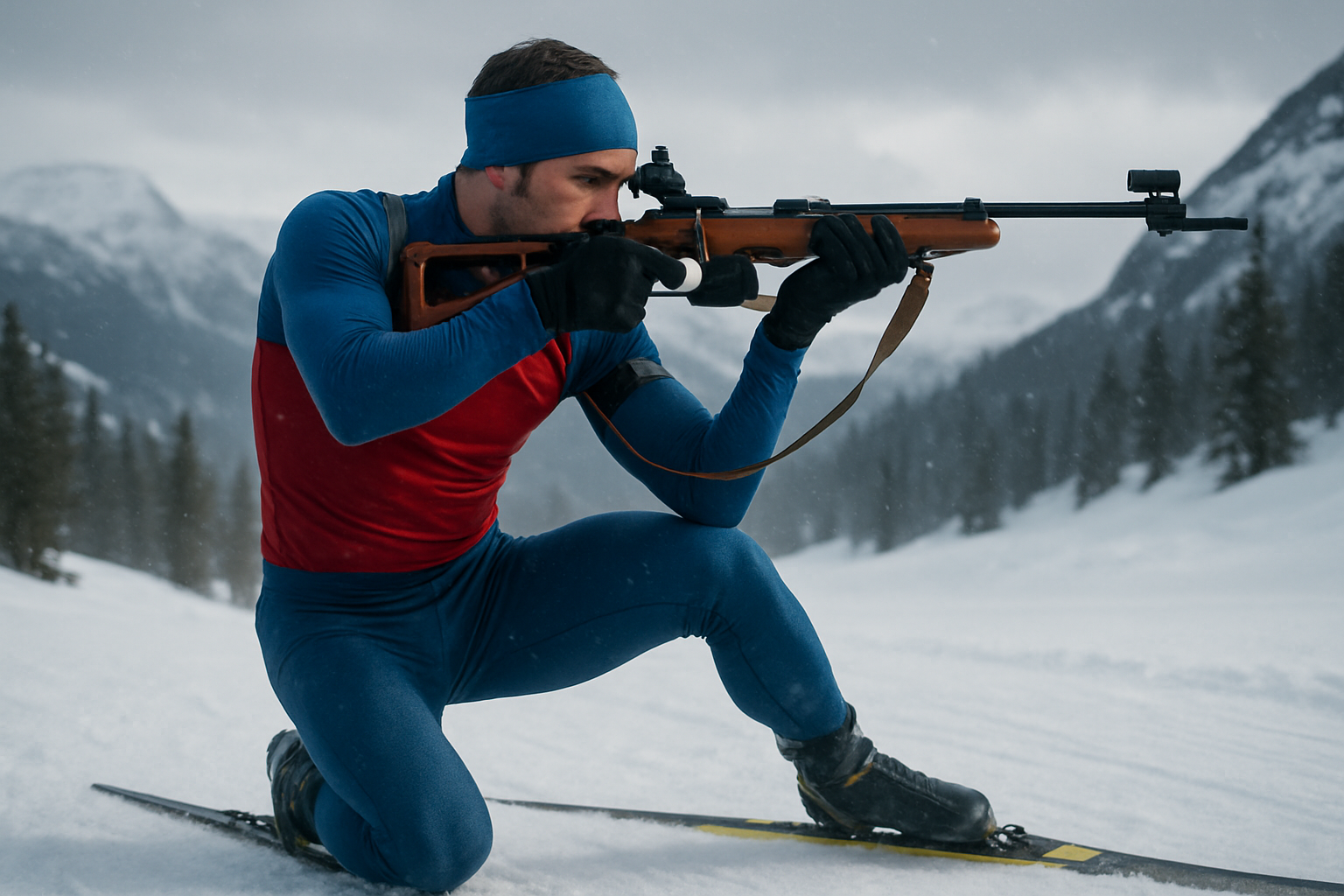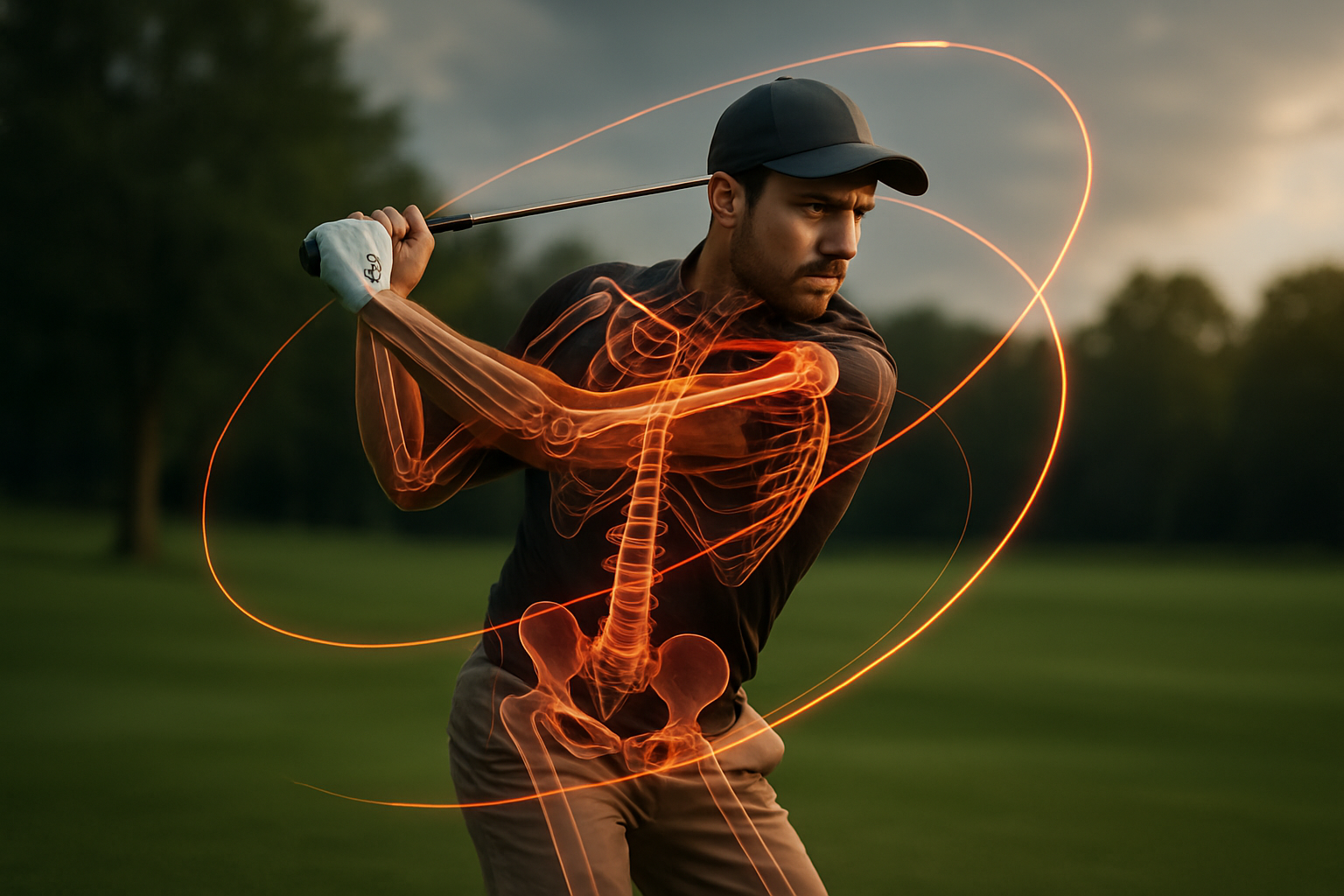Unveiling the Intricacies of Biathlon: A Blend of Endurance and Precision
Biathlon, a winter sport that combines cross-country skiing and rifle shooting, has a rich history that dates back to the 18th century. Originally a means of hunting and survival in snow-covered Scandinavia, it evolved into a military training exercise before becoming a competitive sport. The first recorded biathlon competition took place in Norway in 1767, and it was included in the Winter Olympics in 1960. Over the years, the sport has seen significant changes in its rules, equipment, and training methods, reflecting the evolving nature of athletic performance and competition.

The Modern Biathlon: A Test of Stamina and Skill
Today, biathlon is a sport that demands a unique blend of physical endurance and mental focus. Athletes must ski across challenging terrains, often battling harsh weather conditions, and then switch gears to shoot at targets with a high degree of accuracy. This requires not only exceptional skiing and shooting skills but also the ability to control their breathing and heart rate—a feat that is as much about mental strength as it is about physical conditioning.
Training for Biathlon: A Multifaceted Approach
Training for biathlon involves a comprehensive approach that addresses both the physical and mental aspects of the sport. Athletes undergo rigorous endurance training to build their skiing prowess, coupled with strength training to enhance their shooting stability. Additionally, they engage in mental training exercises to improve focus, concentration, and stress management. This multifaceted training regimen underscores the complexity of biathlon and the diverse skill set required to excel in it.
The Science Behind Biathlon: Understanding the Physiology
Biathlon is a sport that pushes the boundaries of human physiology. The intense physical exertion of cross-country skiing elevates the heart rate and triggers a surge of adrenaline. However, when it’s time to shoot, athletes must quickly lower their heart rate and steady their breathing—a transition that demands exceptional cardiovascular control. Research has shown that successful biathletes have a high VO2 max (a measure of aerobic capacity), excellent lactate threshold (the point at which lactic acid starts to accumulate in the muscles), and superior heart rate recovery.
The Future of Biathlon: Innovations and Trends
As with any sport, biathlon continues to evolve, driven by advancements in training methodologies, equipment technology, and sports science. One emerging trend is the use of data analytics to optimize training and performance. By analyzing variables such as skiing speed, shooting accuracy, heart rate, and recovery time, coaches can tailor training programs to individual athletes’ needs and monitor their progress more effectively. Additionally, advancements in ski and rifle technology are enhancing athletes’ performance and changing the dynamics of the sport.
In conclusion, biathlon is a fascinating sport that offers a unique blend of physical endurance, mental focus, and precision. Its rich history, complex training regimen, and evolving trends make it a compelling topic for sports enthusiasts and athletes alike. As we continue to uncover the intricacies of this sport, we gain a deeper appreciation for the extraordinary capabilities of the human body and mind in the realm of athletic performance.





